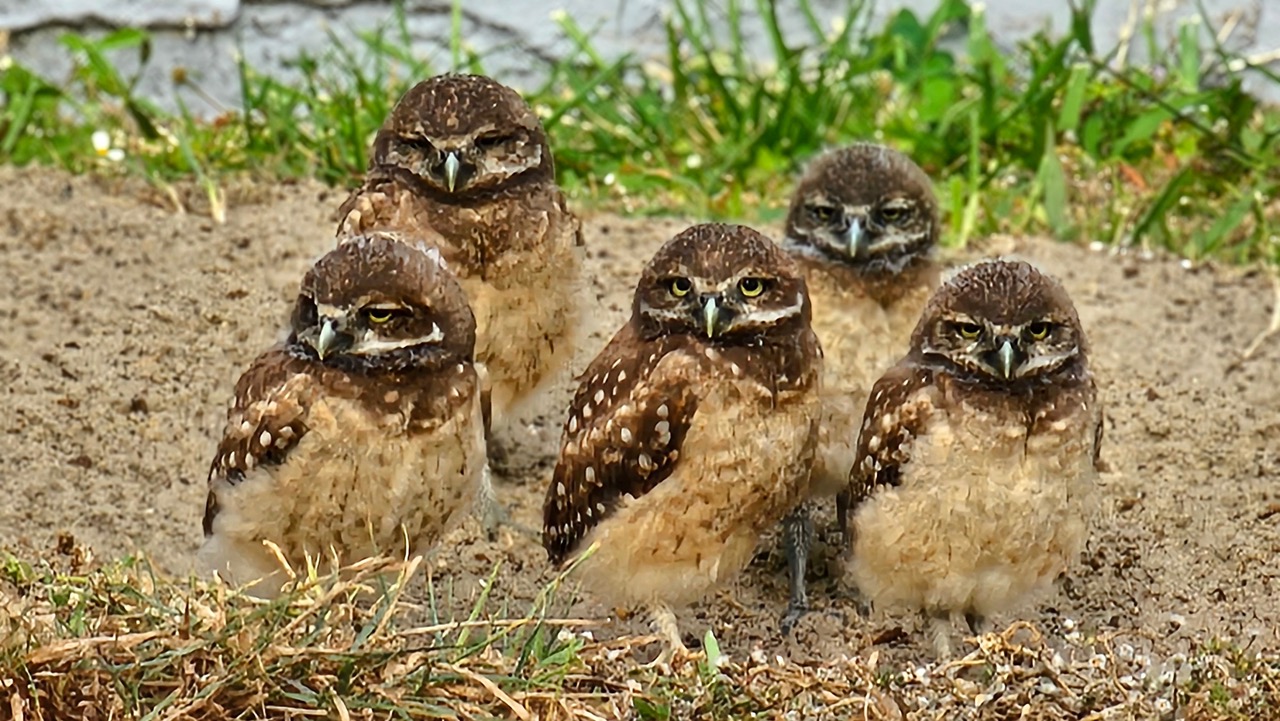2024 Burrowing Owl Census Results
What efforts are successfully protecting the burrowing owls?
The City of Cape Coral, along with Florida Fish and Wildlife Conservation Commission, has gone to great lengths to institute and enforce regulations to protect the owls and their burrows. The city collaborates with CCFW on the Burrowing Owl Festival, the owl census and other events to educate the community about wildlife conservation. CCFW cares for the burrows throughout the city, raises funds to purchase land to be used for owl habitat, and puts on many events throughout the year to educate and raise awareness of the wildlife in Cape Coral. But most important is the contribution from the community. So many neighbors love the owls and watch over the adorable creatures in their neighborhood, reporting new burrows and concerns to CCFW’s hotline. And increasingly, generous residents are installing “starter burrows” in their yards to encourage owls to move in. If you are interested in a starter burrow for your yard, give us a call at 239-980-2593.
Even though the population of owls in Cape Coral appears to be strong, this does not mean we can relax efforts to protect them! Threats to Cape Coral’s beloved owls are serious and growing. Development continues to push owls out of their burrows. Owls are nesting very close to the road resulting in deadly car strikes. Use of rat poison kills many owls and other wildlife as their food source is poisoned. To ensure that precious wildlife continues to thrive in our area, the community must continue to protect burrowing owls and other threatened species such as gopher tortoises and bald eagles in our city.
The census was carried out in cooperation between Cape Coral’s Parks and Recreation Department and CCFW. In a huge citizens science project, over 100 volunteers fanned out across the Cape Coral on May 18 and the ensuing days with the goal of counting every burrowing owl. In addition to tallying the number of owls, census volunteers recorded the number of burrows, number of juveniles and adults, eye color (yellow or dark) and location. It will take a while to analyze all the data in comparison with previous years, but the results will provide important information about how the owls live and how well conservation efforts are working. It is important to note that the 2024 census was conducted two weeks earlier than in prior years in order to obtain a more accurate count, as nesting season is gradually occurring earlier in the year. It is hoped that more juvenile owls were counted before they fledged their nests.
Cape Coral Friends of Wildlife is an all-volunteer organization whose mission is to preserve and enhance the habitats of protected wildlife species and to educate the community about Cape Coral’s wildlife resources. If you are interested in joining or volunteering, click here or call 239-980-2593.

